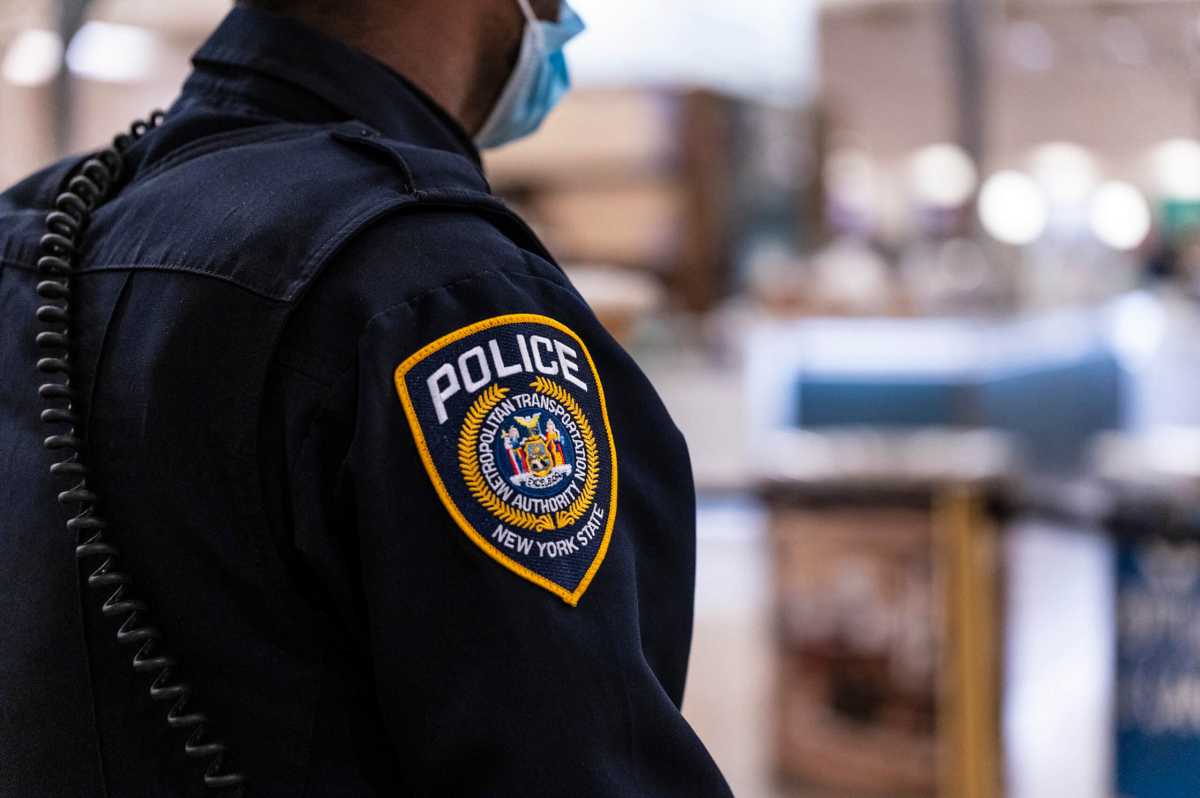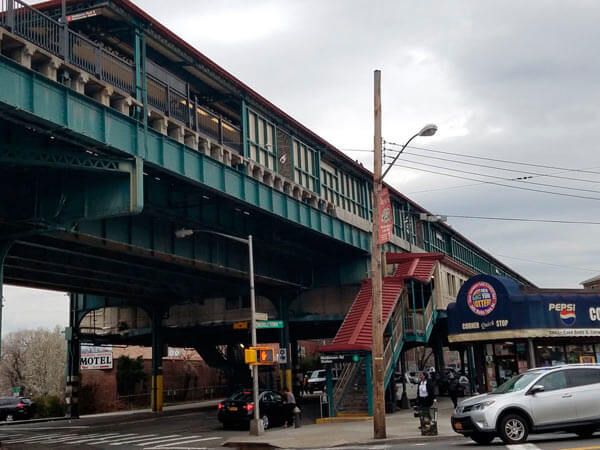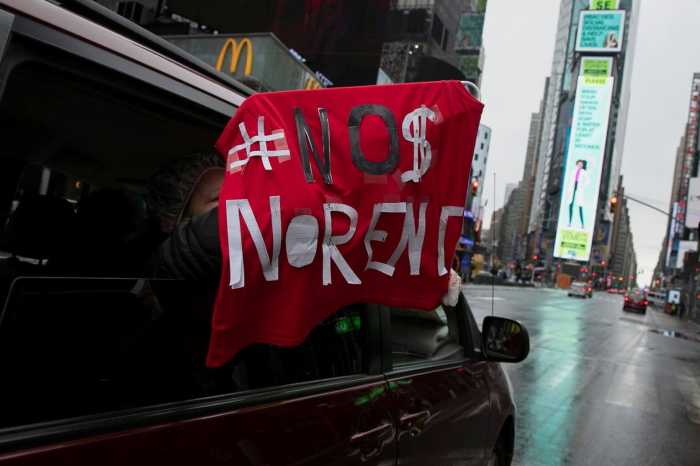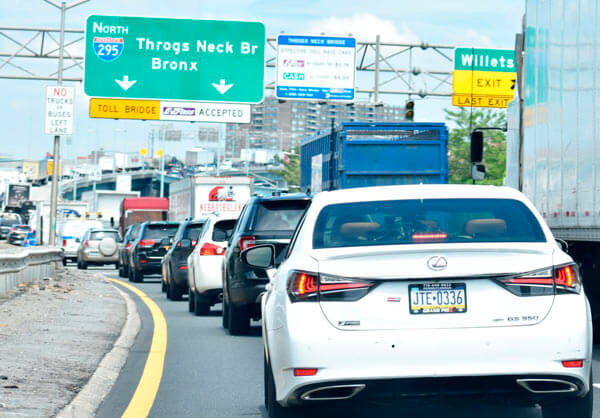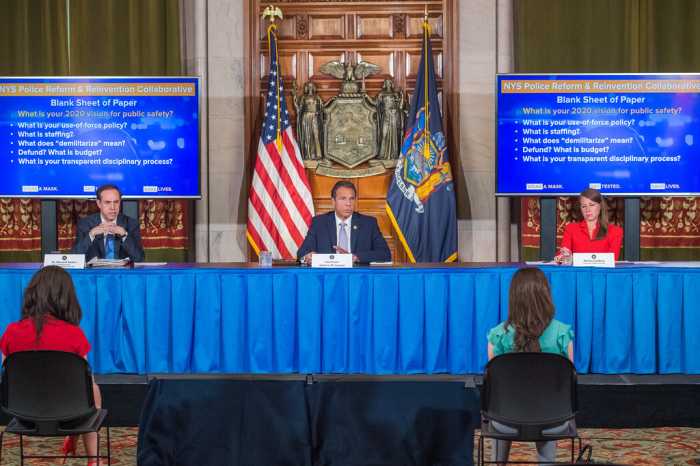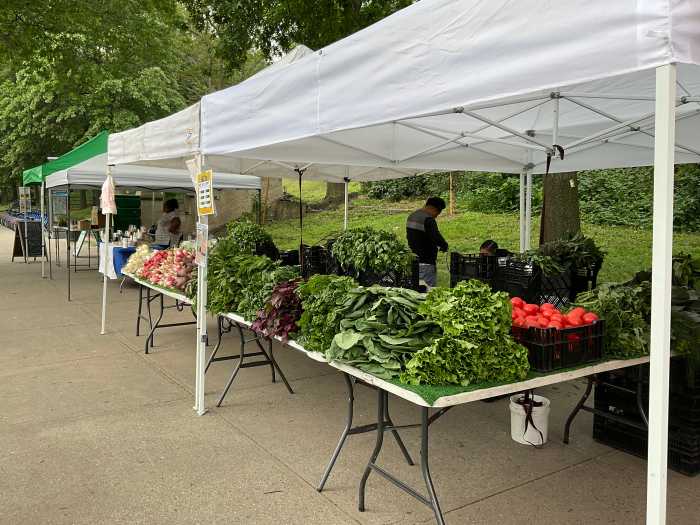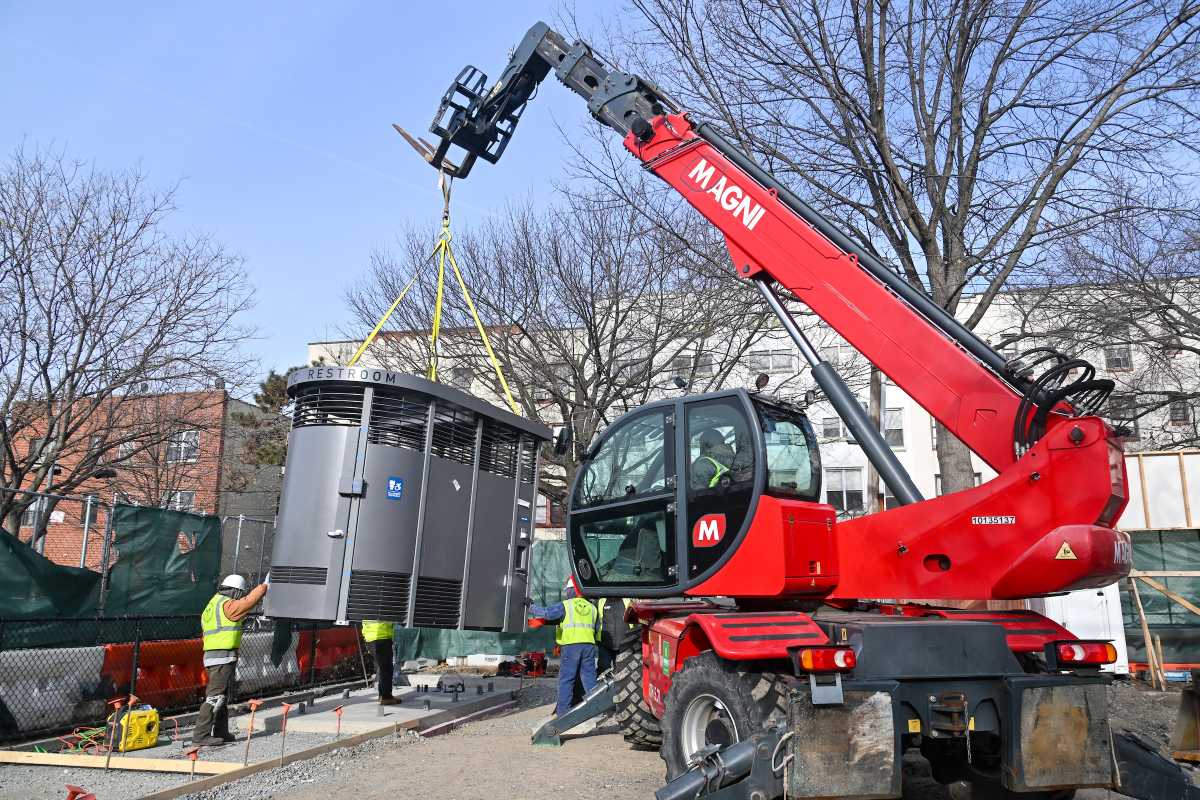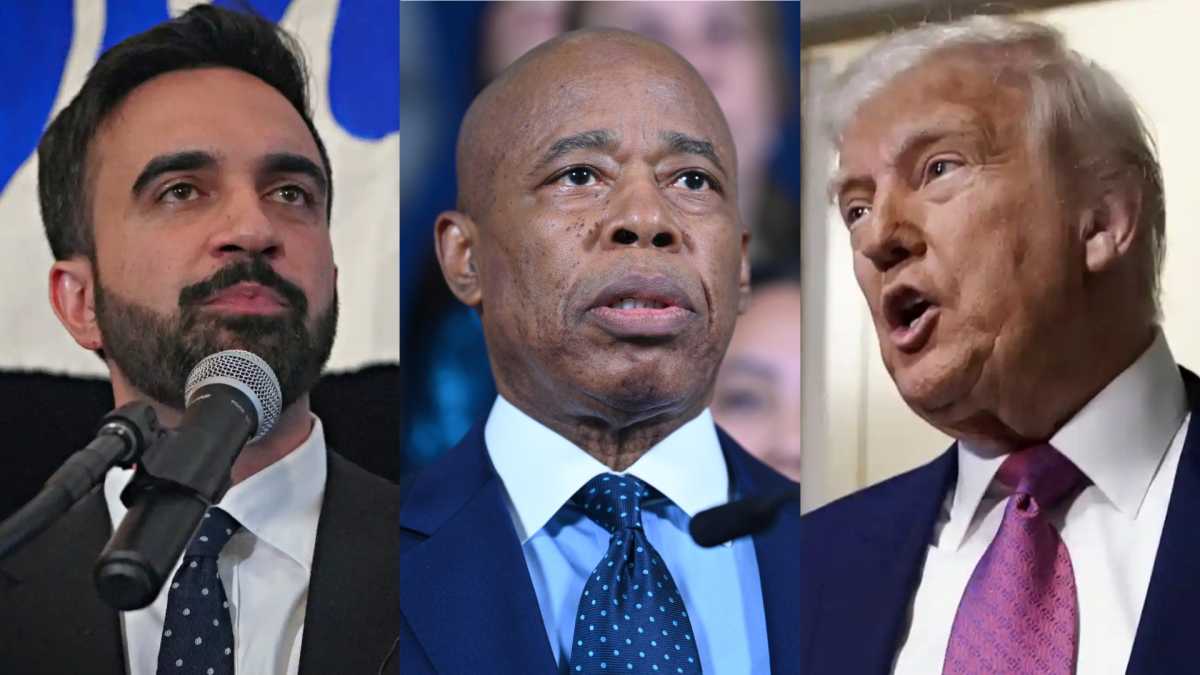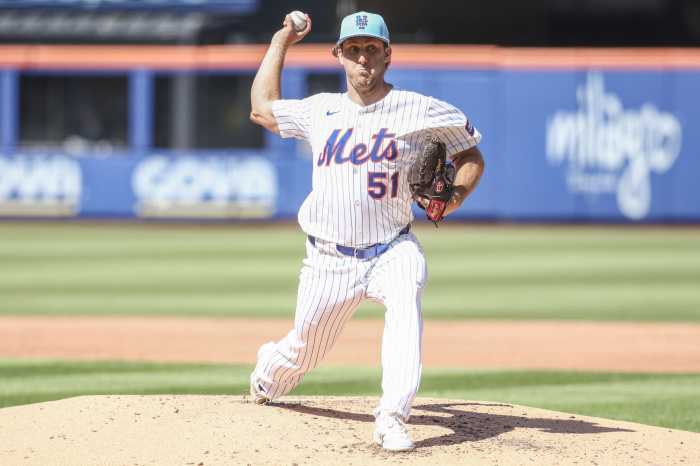This article was originally published on by THE CITY
The MTA police force’s overtime jumped over 20% last year — to $33.3 million — due to a mismanaged surge of “special projects” pushed by the Cuomo administration, the transit agency’s inspector general charged.
The report, obtained by THE CITY, accuses the MTA of failing to properly monitor both regular and overtime costs that came with efforts to police fare evasion and homelessness in the subway between 2018 and 2020.
“Transparency is the cornerstone of public trust,” said Inspector General Carolyn Pokorny. “When future special projects arise, the MTA Police Department can help themselves and MTA stakeholders by accurately tracking and reporting project costs.”
Before 2019, the NYPD had exclusive authority for enforcement of rules in the subway system. That changed in December of that year, when then-Gov. Andrew Cuomo announced plans to hire 500 MTA officers to help patrol the subway.
Transit officials did not fully establish budgets for the expanded policing roles that added up to 31% of the $60.8 million in overtime expenses for the agency’s own police force in 2019 and 2020.
New Duties
High overtime costs among the agency’s 1,000 police officers — who until recently only patrolled Grand Central Terminal, Penn Station, the MTA’s two commuter railroads and the Staten Island Railway — have repeatedly been flagged by watchdog groups and MTA board members.
“It needs to be fixed once and for all, if the MTA is going to have any credibility at all in convincing riders and taxpayers that they are spending money in a wise and frugal manner,” Larry Schwartz, a Cuomo appointee who chairs the MTA board’s finance committee, told THE CITY. “Overtime needs to be under control.”
In 2019, the report says, the governor’s office and management at the transit agency directed the MTA Police Department to help outreach workers direct homeless people in subway stations into other forms of shelter.

More than 100 officers were also assigned to help cut down on farebeating in stations and on bus routes believed to have the highest number of fare-evasion incidents.
After the pandemic hit, MTA police officers were deployed to help shut stations for cleaning when overnight passenger service was suspended in May 2020. But the report says the cops “did not issue a specific operational plan or prepare a deployment plan identifying its staffing requirements.”
“The MTAPD explained to the [Office of the Inspector General] that the urgent nature of the special projects did not allow for sufficient planning,” the report notes.
Spending Money to Save Money
Pokorny’s quarterly report on monitoring overtime reform across the board last month noted that the MTA might be slowing or backing off its $31 million effort to curb overtime abuse, although an agency spokesperson said at the time that it has saved hundreds of millions in annual overtime expenditures.
Schwartz contends the MTA isn’t technologically equipped to handle OT abuse.
“We’re like in the Stone Age when it comes to overtime,” he quipped.

MTA Chief Safety Officer Patrick Warren meanwhile described overtime as “a strategic and useful tool” that is budgeted and makes officers visible to protect riders and help them feel safer.
He also disputed the report’s finding that the spending had not been properly tracked.
“In the COVID era, officers worked with the NYPD to assist in closing stations overnight to enable sanitizing, cleaning and to secure employees and facilities,” Warren said in a statement to THE CITY. “We agree overtime costs need to be managed appropriately — as it has been at the MTAPD — and is a vital tool used by every transportation agency in the country.”
In the report, MTA officials agreed with Pokorny’s recommendations that future special projects should have program budgets prepared that identify staffing requirements and costs, including regular pay and anticipated overtime. The agency also said the MTAPD would hire a budget manager to track costs for special projects.
Robert Linn, another MTA board member, told THE CITY that managing overtime expenses has been a long-time challenge for the agency.
“I haven’t seen a holistic approach to the problem that solves the problem going forward,” Linn said. “There needs to be a central focus — there should be an overtime czar to analyze where the problem is.”
A New Direction?
Agency-wide, the MTA actually cut overtime expenses by $257 million — or 19% — between 2018 and 2020, a spokesperson said, despite the need for COVID-related sanitizing, security and operations.
The MTA spent $1.1 billion last year on overtime, according to the agency’s 2020 overtime report. The largest division, New York City Transit, which operates the subways and buses, accounted for the largest share of overtime spending, $704 million.
Still, Schwartz said tracking overtime at the MTA has been a problem “for decades” and called it a “complete management failure” under Patrick Foye, the agency’s previous chairperson and CEO.
“This is not a Janno Lieber problem,” Schwartz said of the agency’s acting chief, who was picked by Cuomo in July to lead the MTA. “This is a Janno Lieber-inherited problem and I am convinced that under his leadership it will be fixed.”
Cuomo, who was facing sexual harassment allegations from multiple women, resigned as governor in August less than two weeks after naming Lieber to lead the MTA.
A spokesperson for Cuomo declined to comment on the inspector general’s report.
THE CITY is an independent, nonprofit news outlet dedicated to hard-hitting reporting that serves the people of New York.

